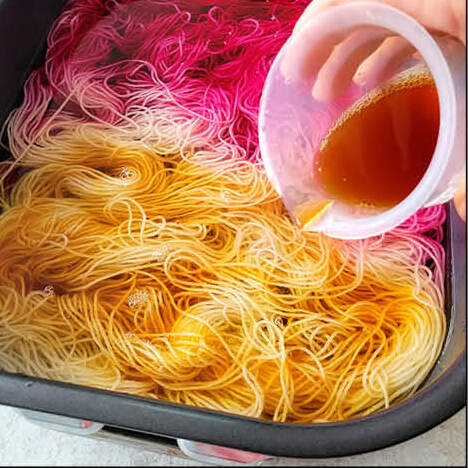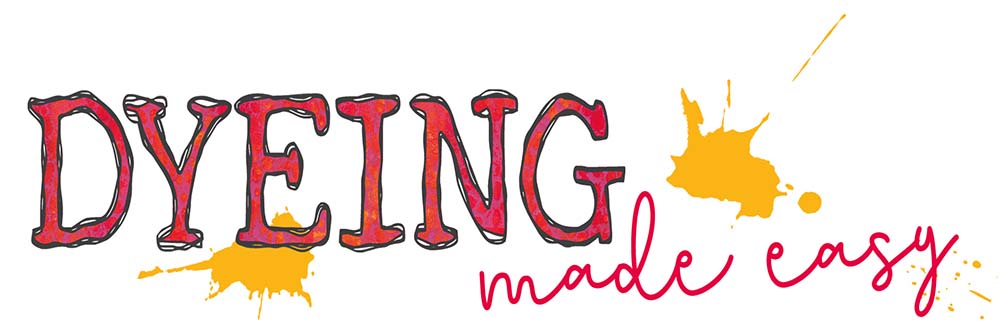Join before CHRISTMAS DAY & get a FREE £40 Bumper Yarn Box
Course Syllabus
Learn a new technique every month!
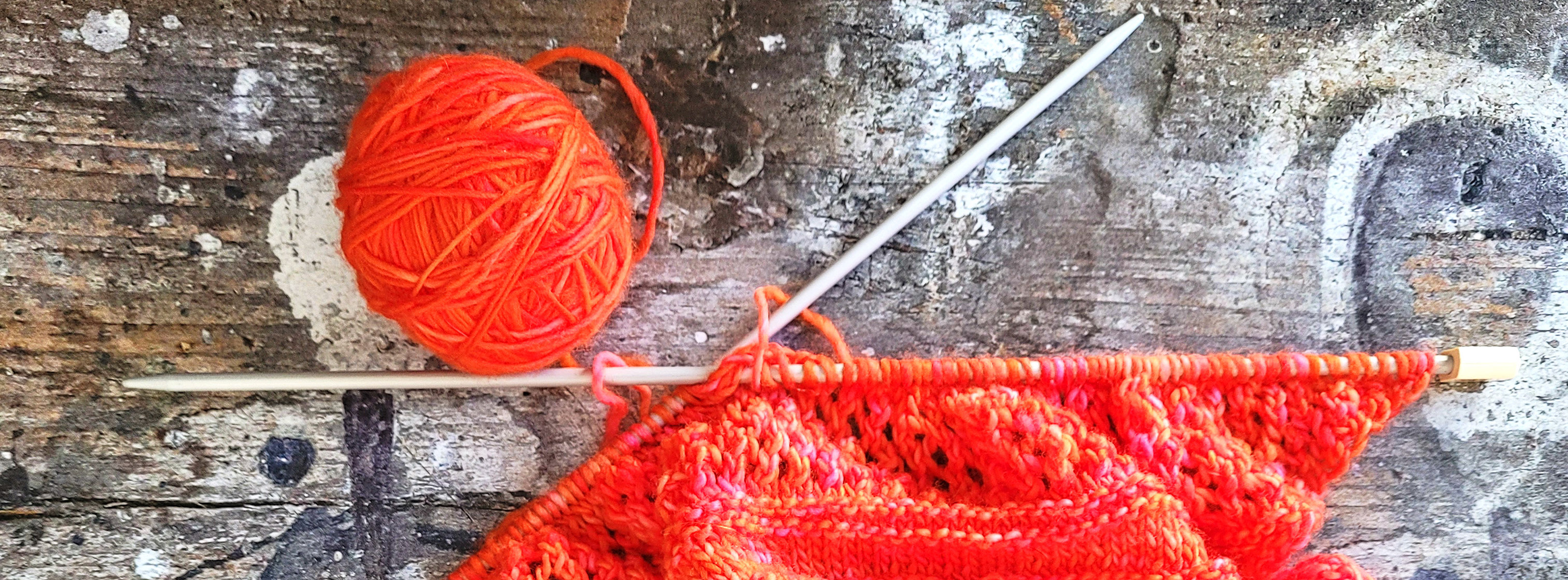
The course lasts for 12 months, and each box teaches you a different technique
All the materials you need are included, as well as different beautiful yarns to try
And all of this is carried out in your own kitchen - you just need to find a saucepan!
By the end of it, you will be really confident that you can create gorgeous yarns for any project
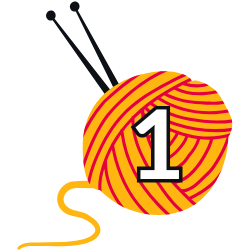
Your first box teaches you how to prepare your wool for dyeing, and then leads on to the basics of immersion dyeing. You will have fun dyeing wool in a deep saucepan, and even move on to creating a two-tone yarn. In your member’s area on our website, we will list all you need to get ready and offer ideas of how to experiment further.
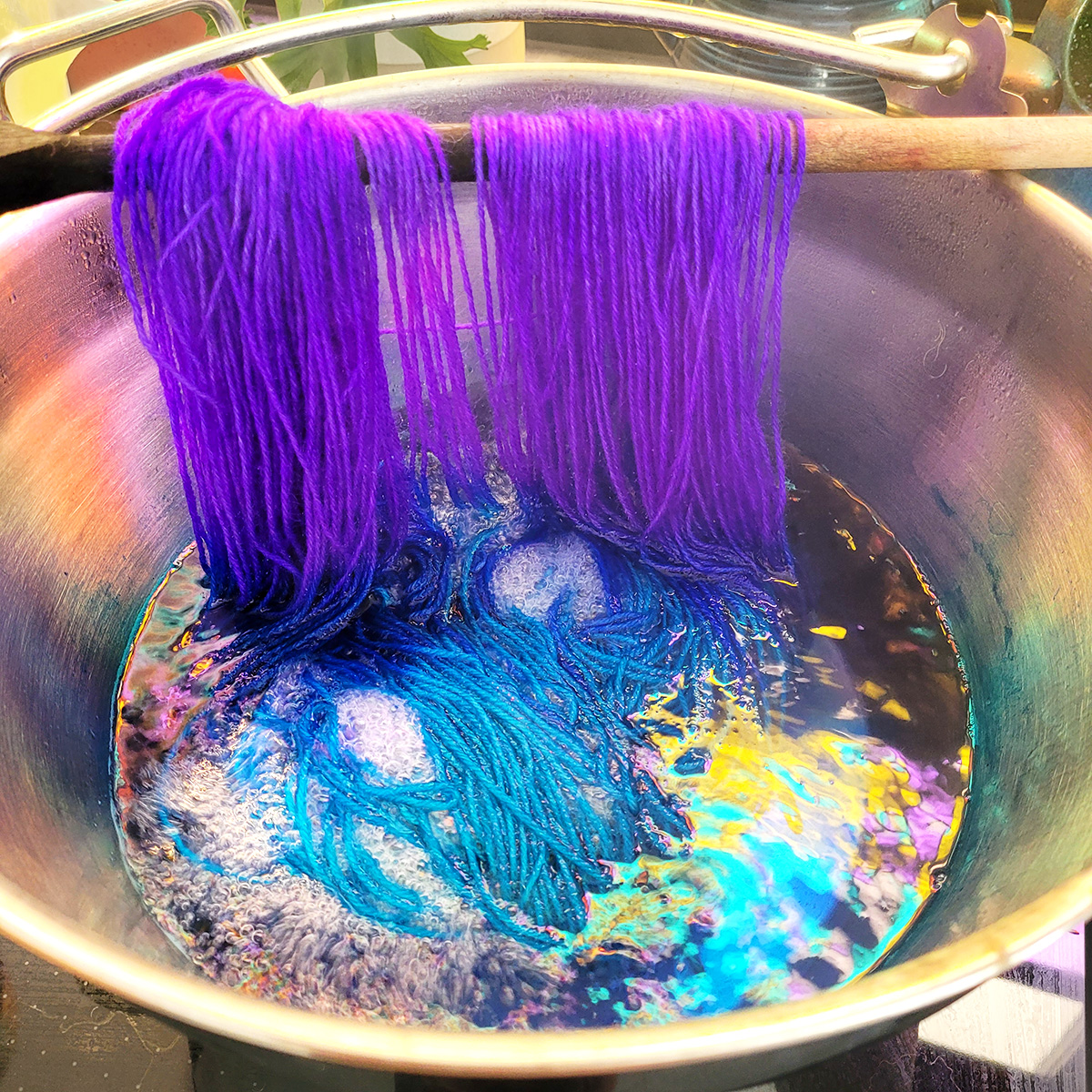
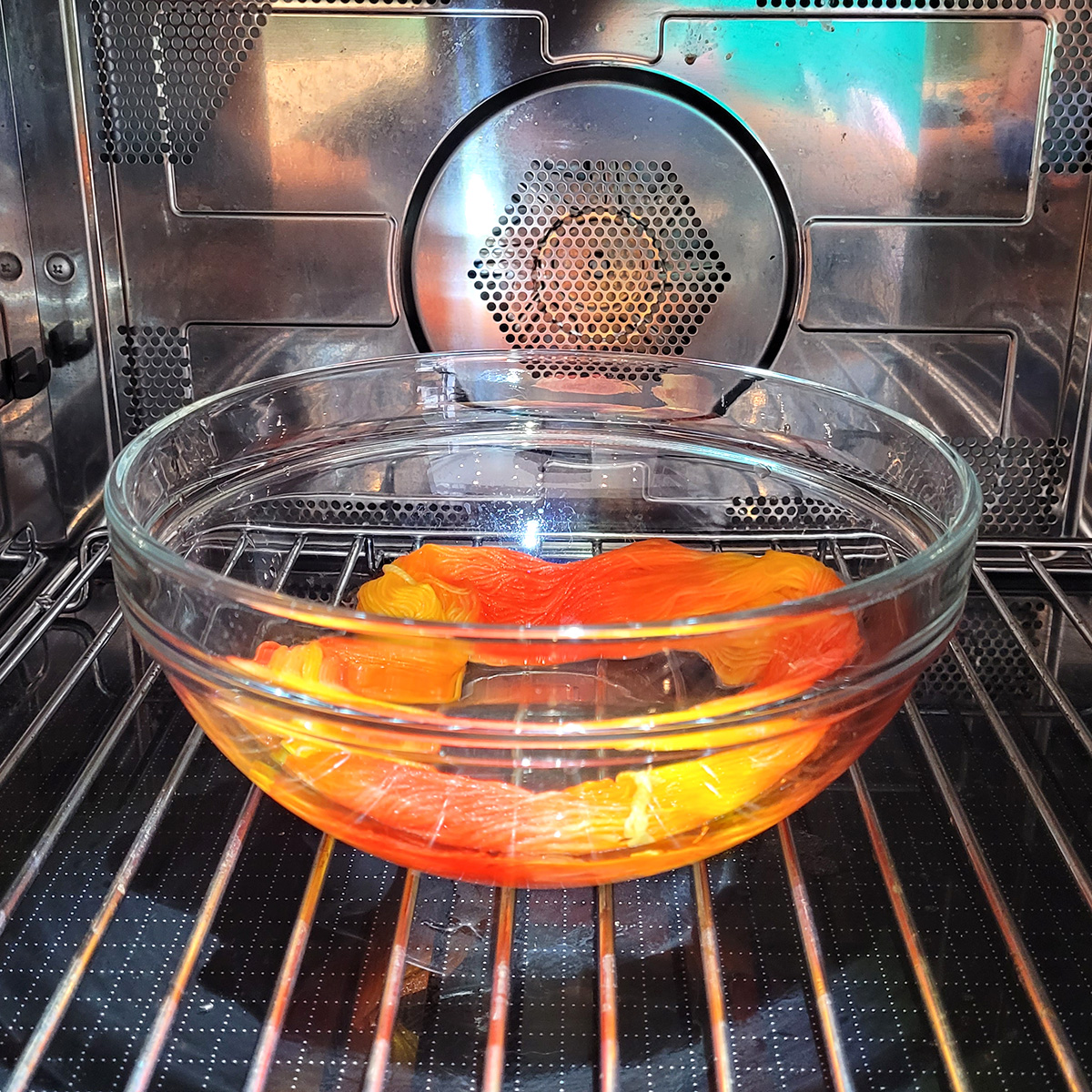
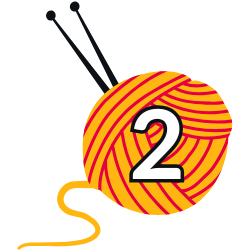
In the second lesson you learn to dye smaller quantities of yarn in the microwave. We send you five little 20g skeins of a deliciously soft merino yarn, so you can create a mixture of colours. Would you choose five toning colours for a particular project, or do you prefer random bright colours?
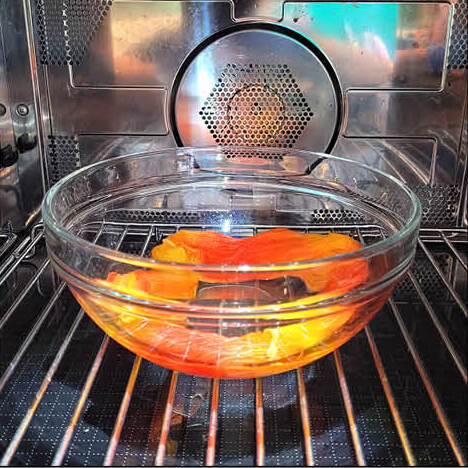
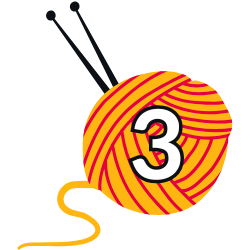
By box three, you have several bright dye colours to play with, and we teach you how to add speckles to your yarn. You can dye the wool first, with the previous methods, and then use speckles to add interest. This is a technique that comes in handy later, as you might want speckles on a stripy sock yarn, or a painted colour blend.
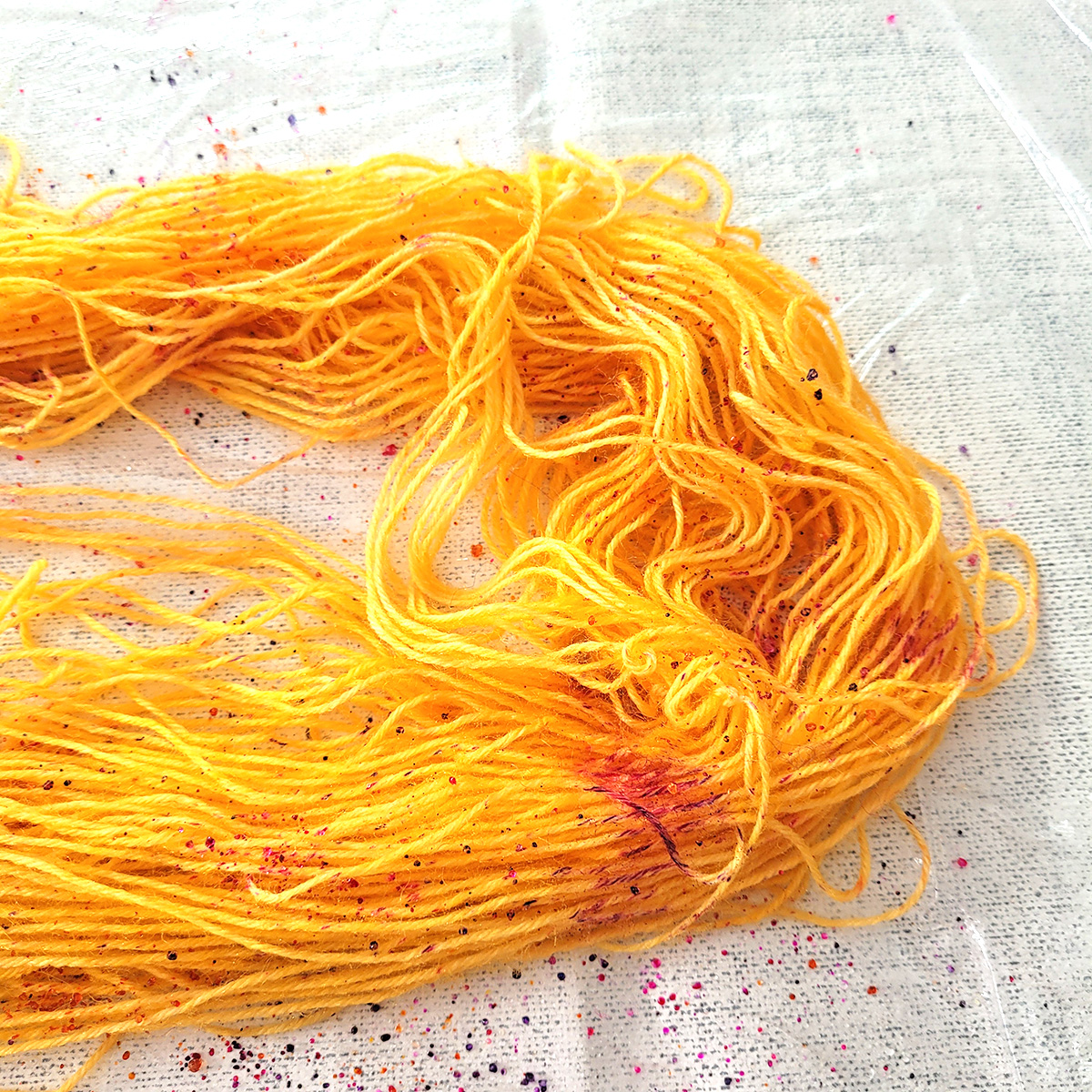
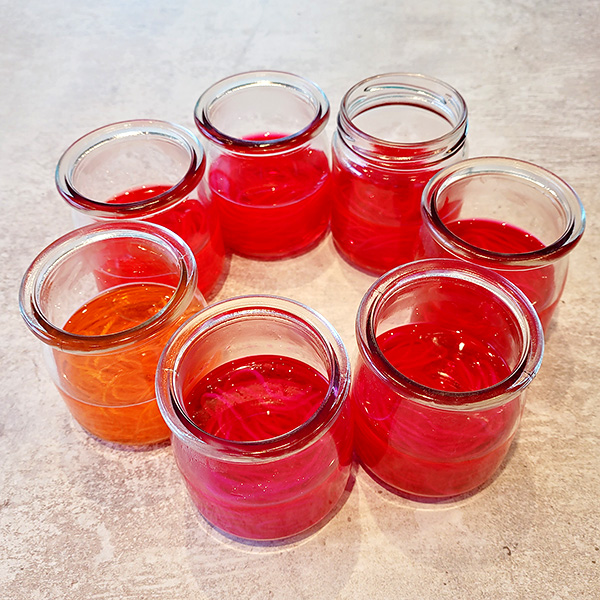
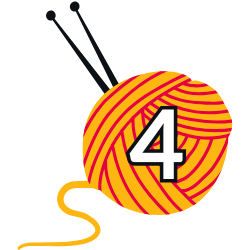
The fourth lesson goes deeper, and you will learn how to mix your own colours. This is where your free Dyeing Journal really gets some use, as you want to keep records of your experiments. We teach you how to create accurate shades of a single colour, and how to blend from one colour to another. Don’t worry, we still make it easy!
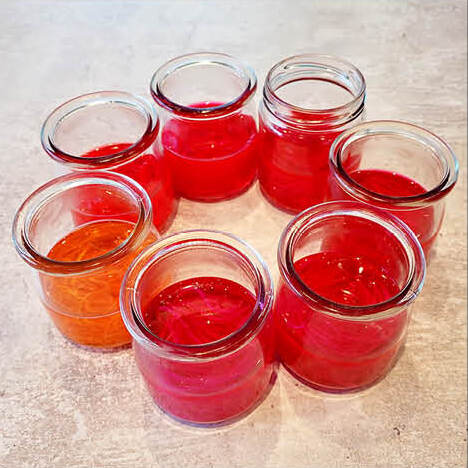
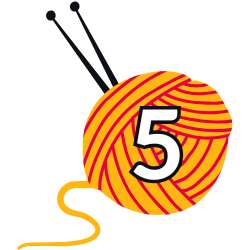
If you’ve ever seen painted yarn at a craft fair, we reveal how to achieve it in box 5 of the course. This method gives you much more control of where the dyes fix on the yarn, which is brilliant if you have a clear colourway in mind. If you have seen knitting or crochet projects using ‘colour pooling,’ this is the yarn that is used.
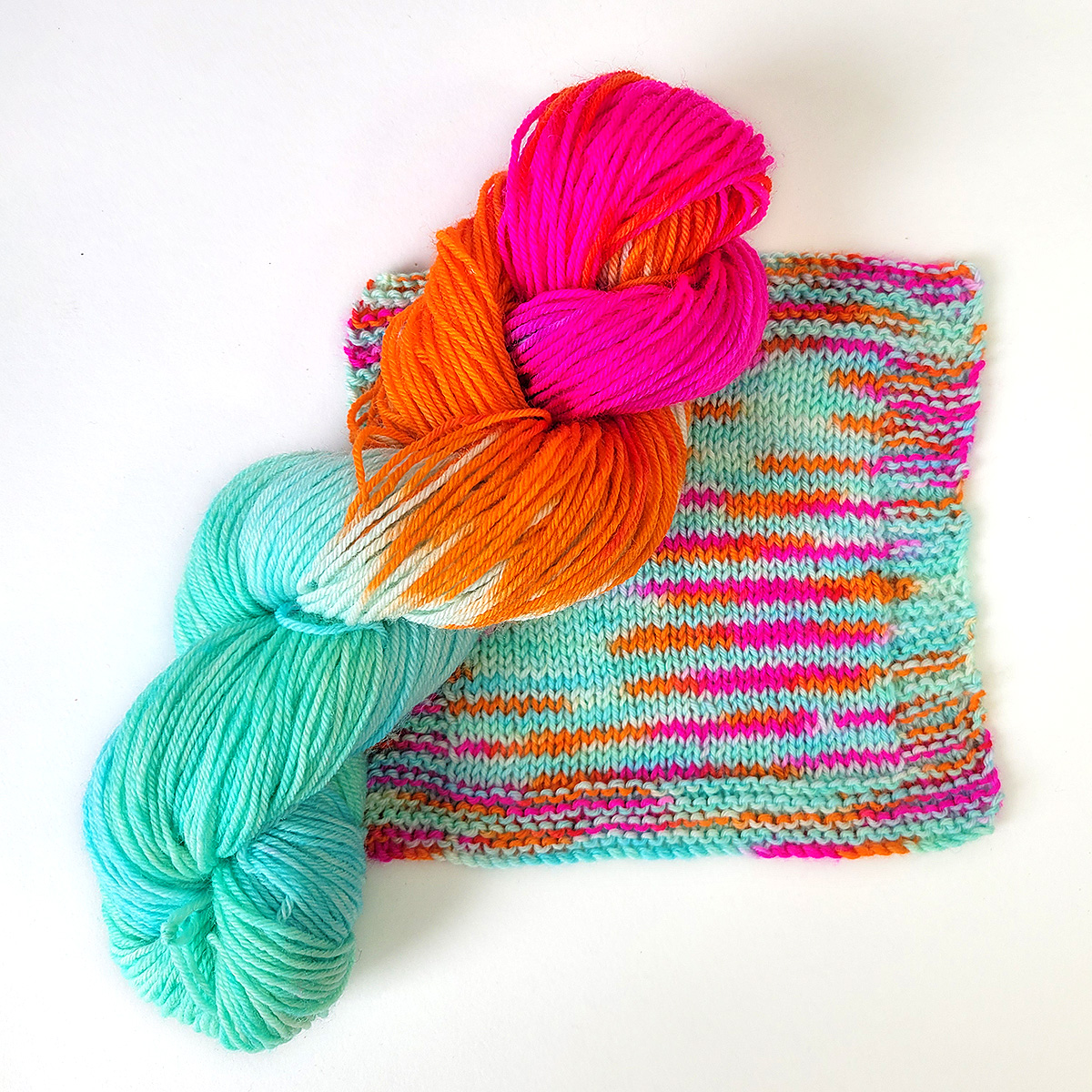
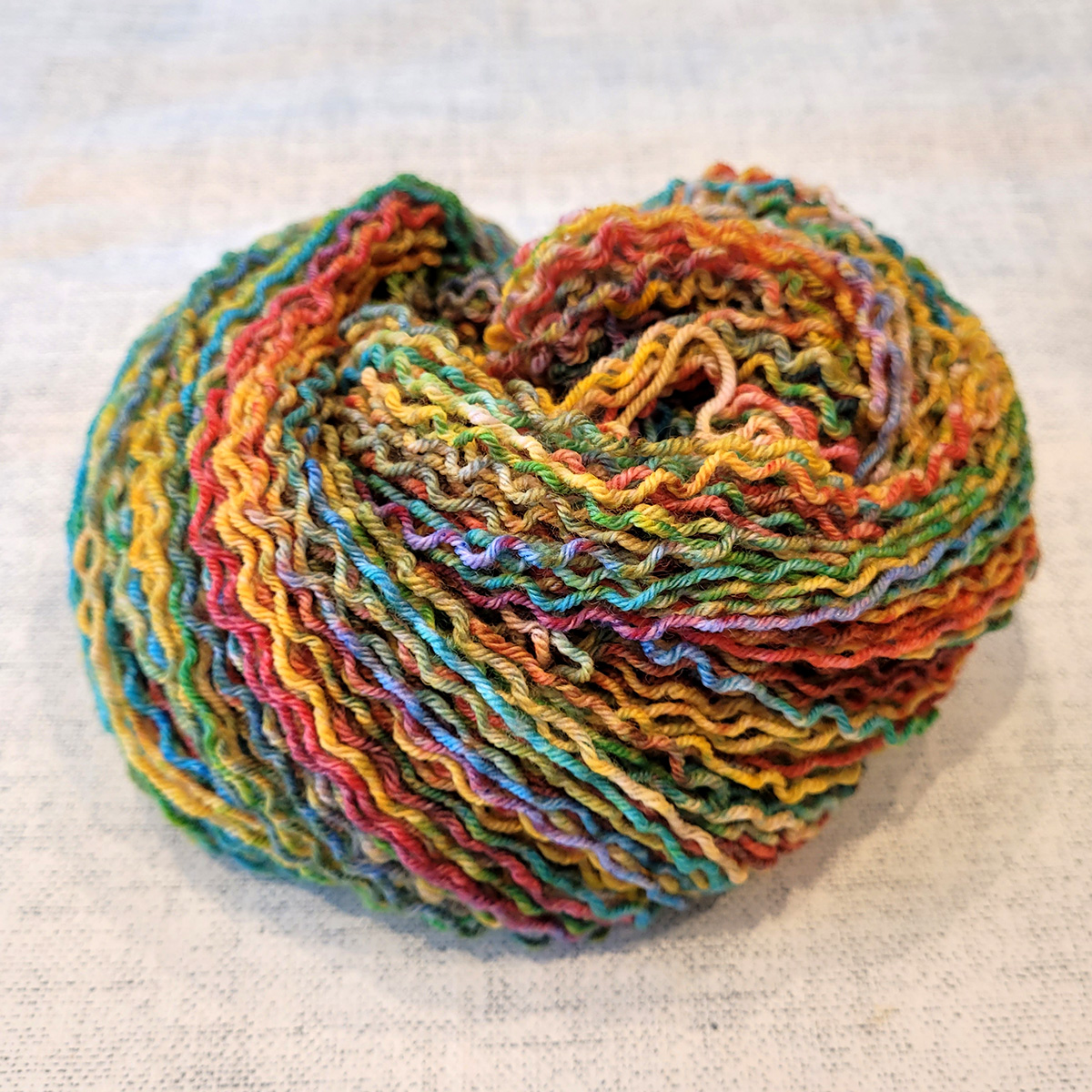
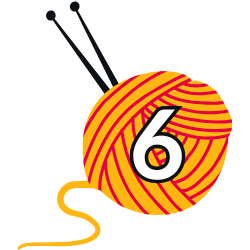
Lesson 6 teaches you the surprising effects of dyeing what is called a ‘sock blank.’ This is a pre-knitted piece of ‘fabric’ that you dye first and then unravel. It lets you create marvelous mixed colours that you couldn’t plan for. And there’s even a way of writing a secret message into your projects!
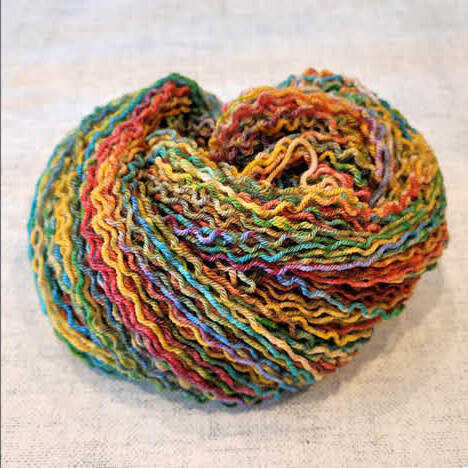
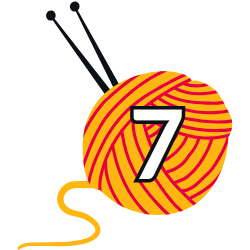
In box 7 we reveal the amazing fun you can have dyeing yarn in an old slow cooker. Often forgotten in a cupboard, this is a fantastic way of heat-setting dyes. It allows you to build up layers of colours or sprinkles, and you can leave it ‘cooking’ while you relax.
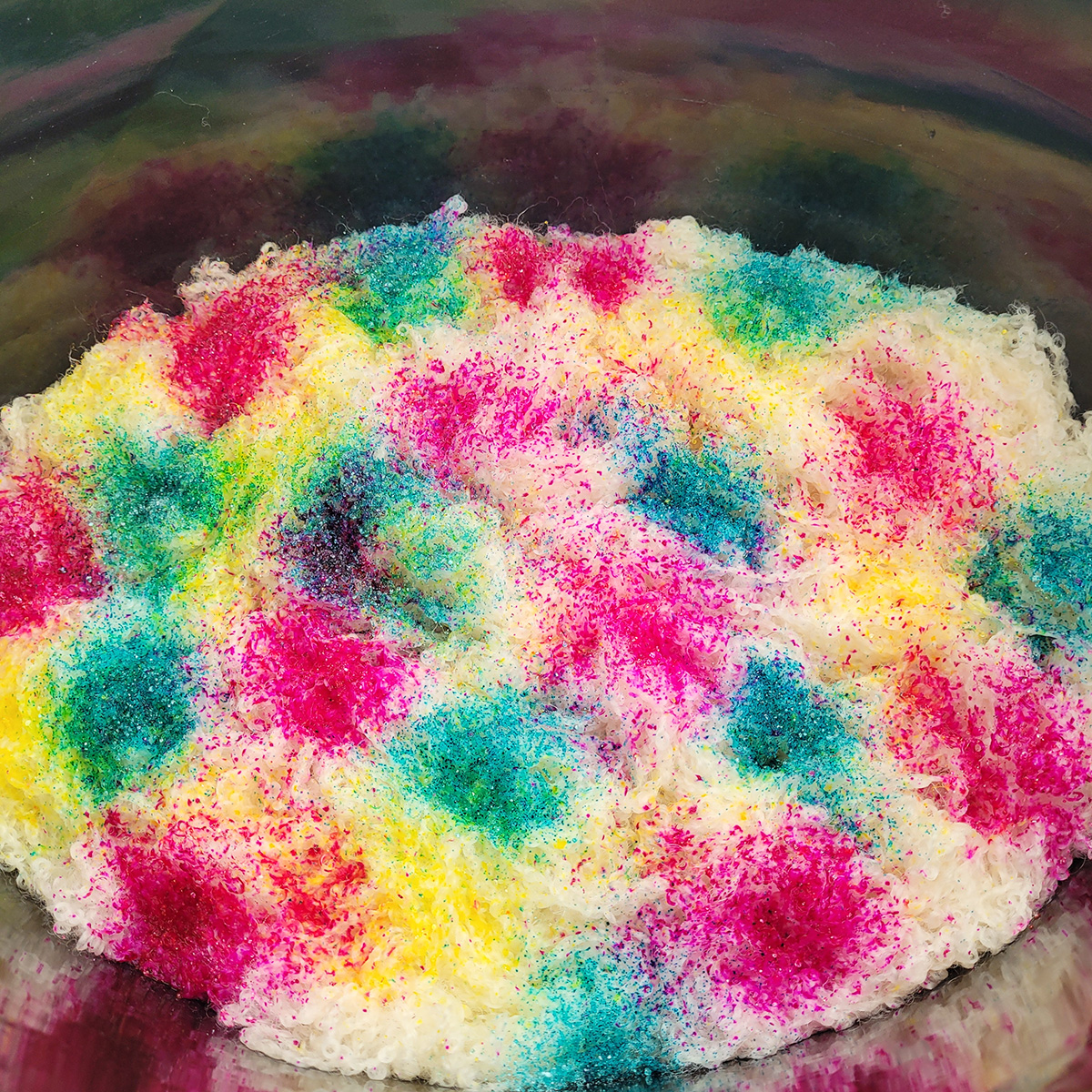
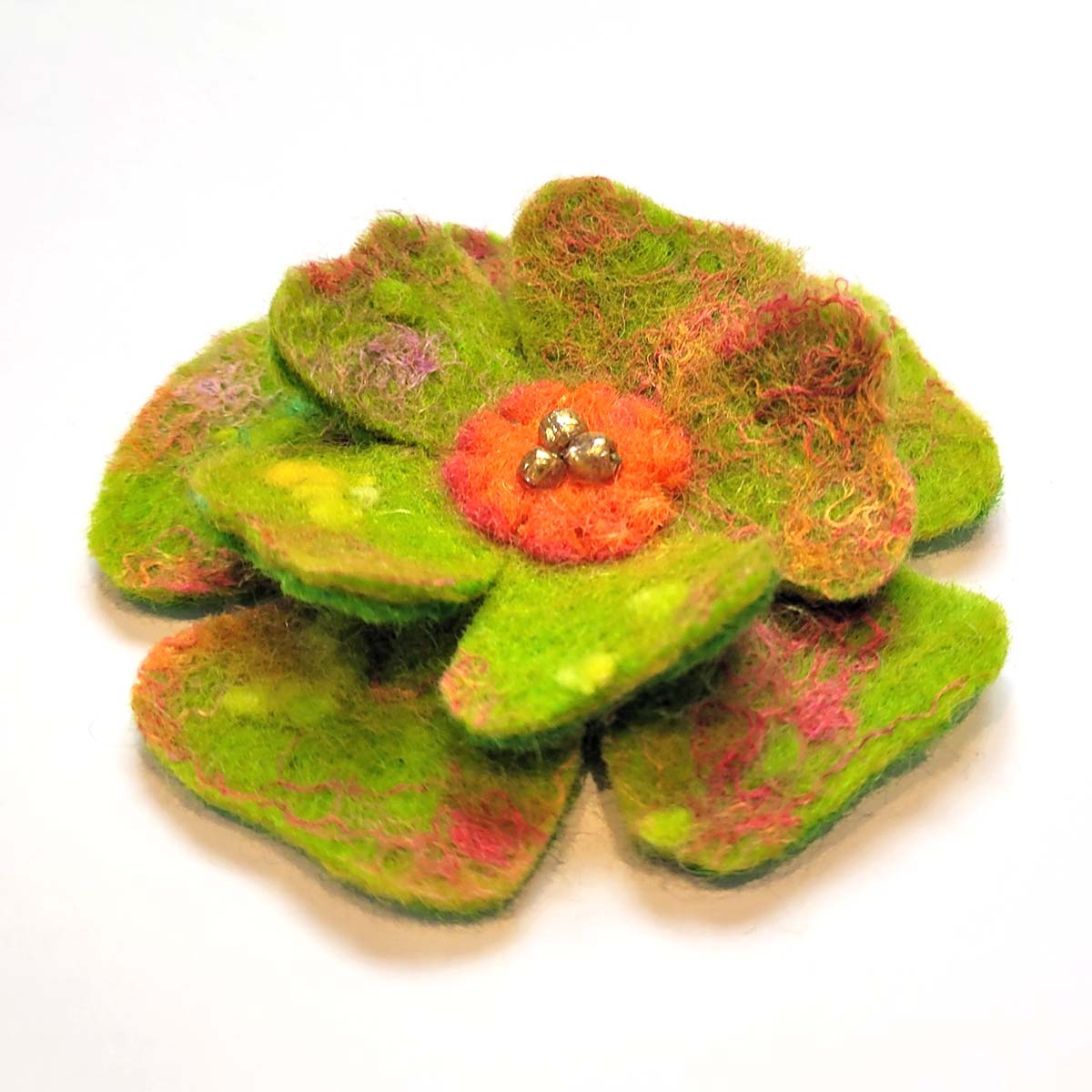
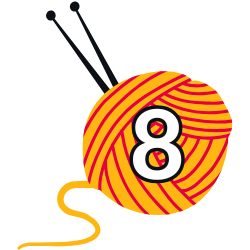
Lesson 8 takes a surprising turn, and you will learn to dye unspun fleece. This needs a slightly lighter touch than spun yarn, and is ideal if you are a spinner or needlefelter. We demonstrate a reliable wet felting method, and you can make a simple brooch when you’re finished.
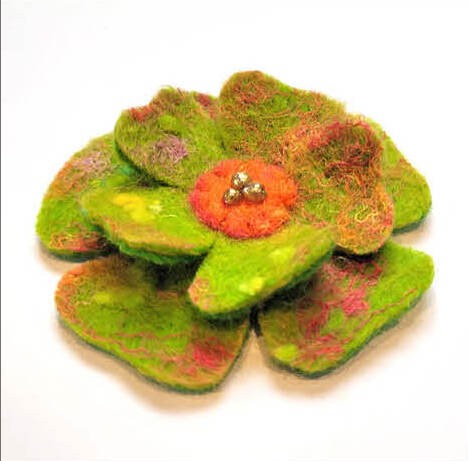

At this point in the course, we introduce you to black and navy dyes. These can be mixed to create moody hues with other colours, or you can have a go at some simple resist ideas. You’ll be amazed what the effects can be achieved with cable ties and string!
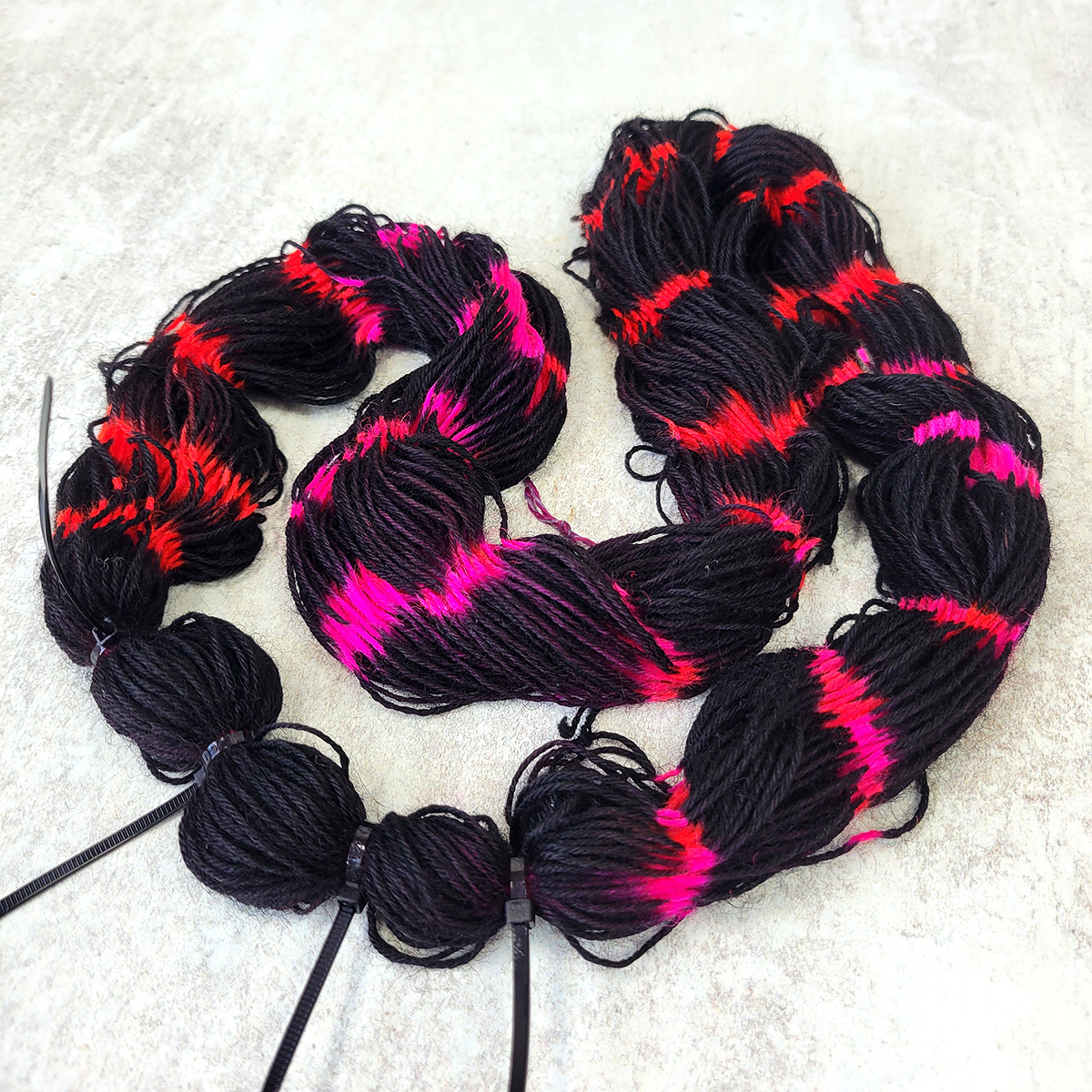
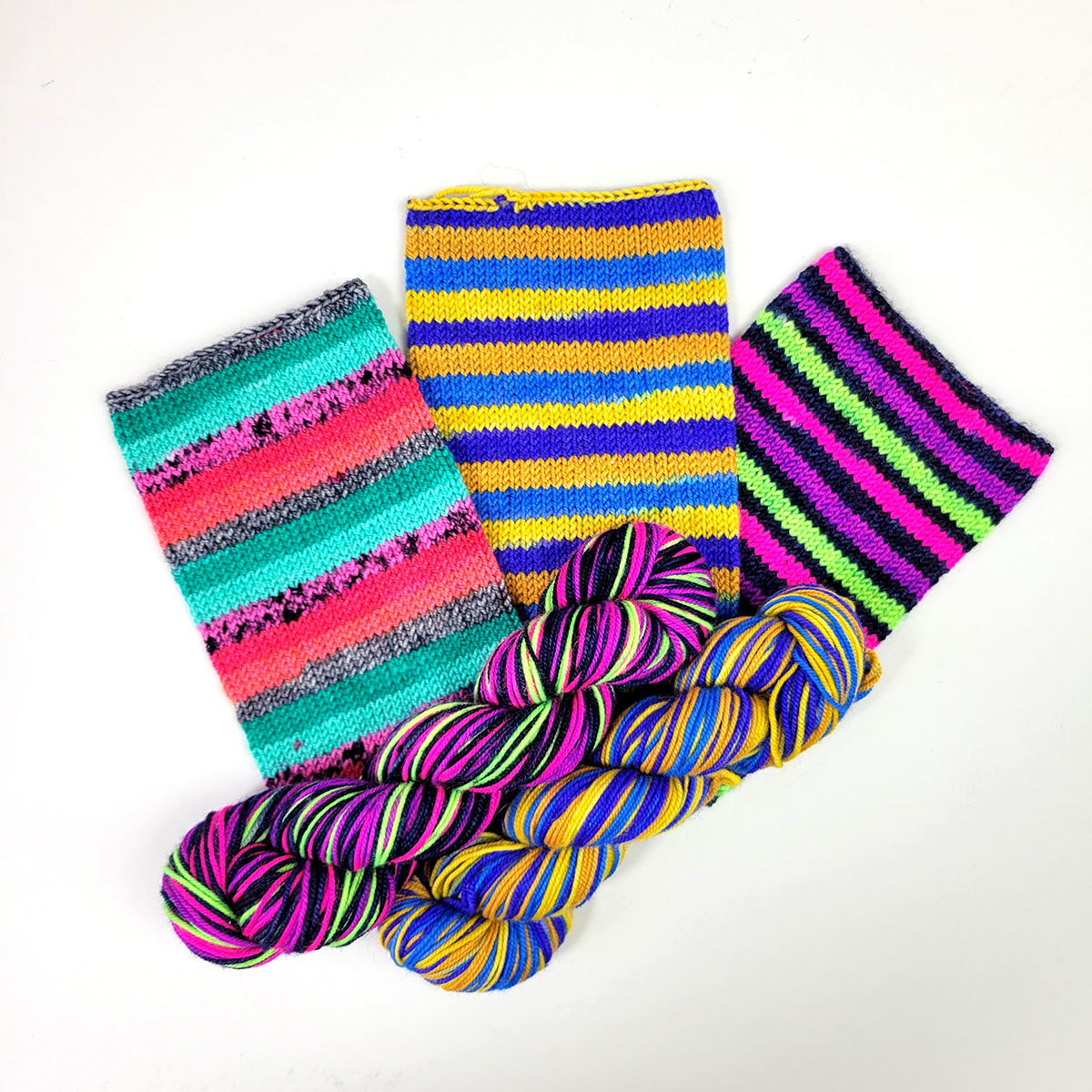
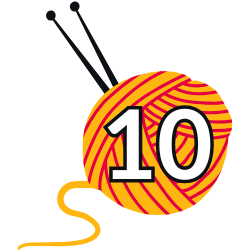
A constant favourite, box 10 introduces the mysteries of dyeing self-striping sock yarn. This is fantastic fun, but it does involve pacing out an enormous circle of yarn round some chair backs. You will build on the previous lessons of painting on yarn, speckling, and colour mixing.
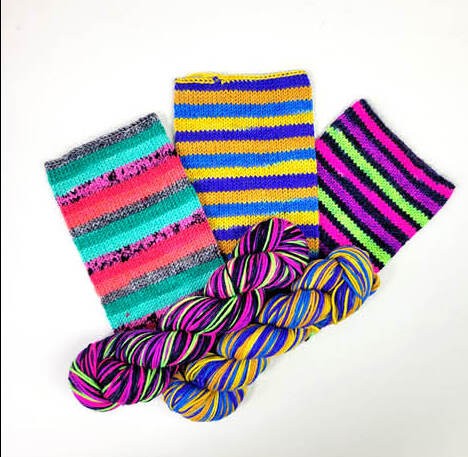
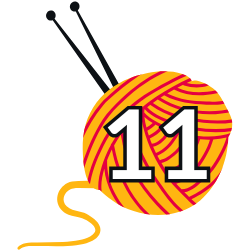
This lesson explores how to blend a fade of dark to light colours, or a suite of mixed colours if you prefer. You will learn how to blend colours across a whole cake of yarn. This is perfect for shawls or scarves where the colour changes go across the whole garment.
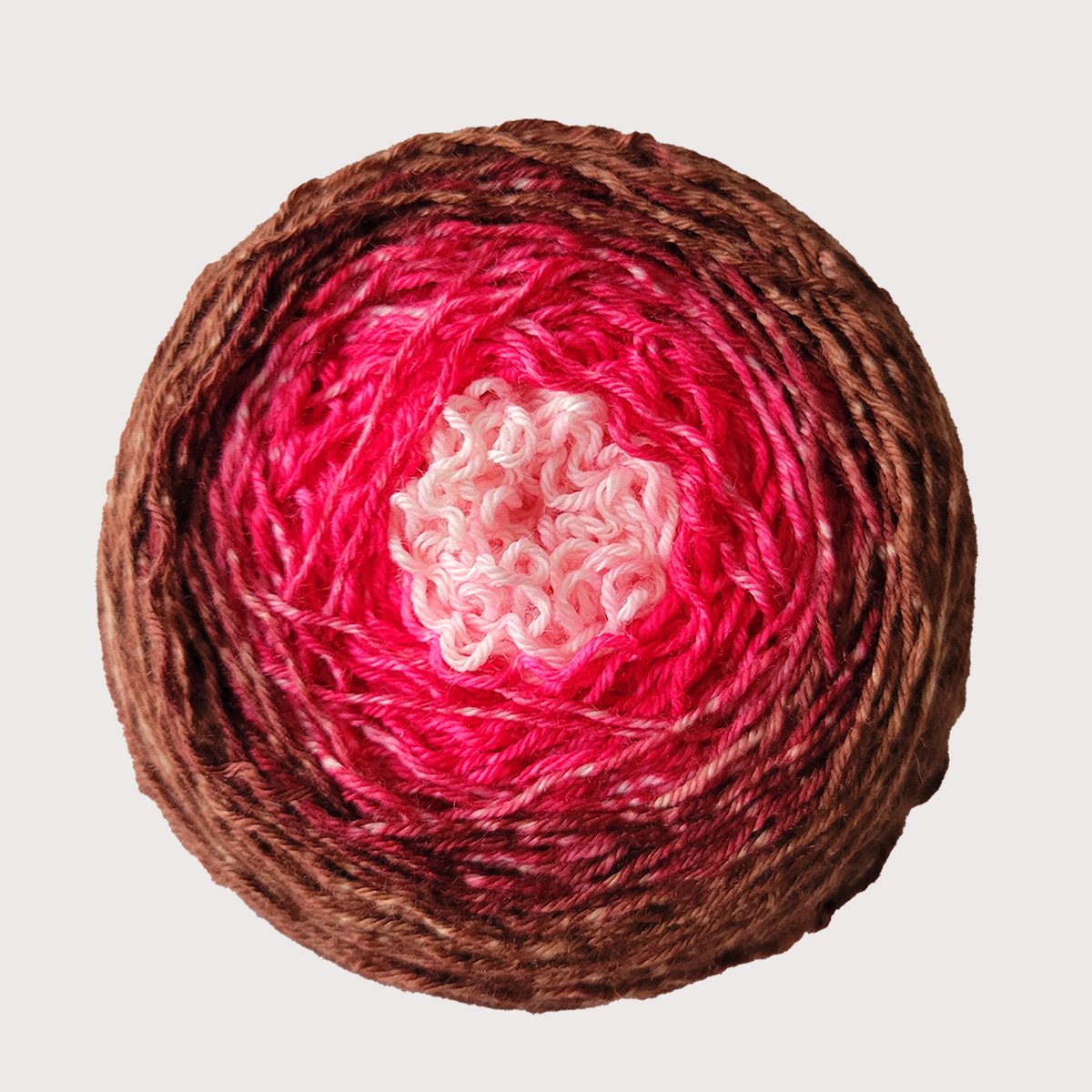
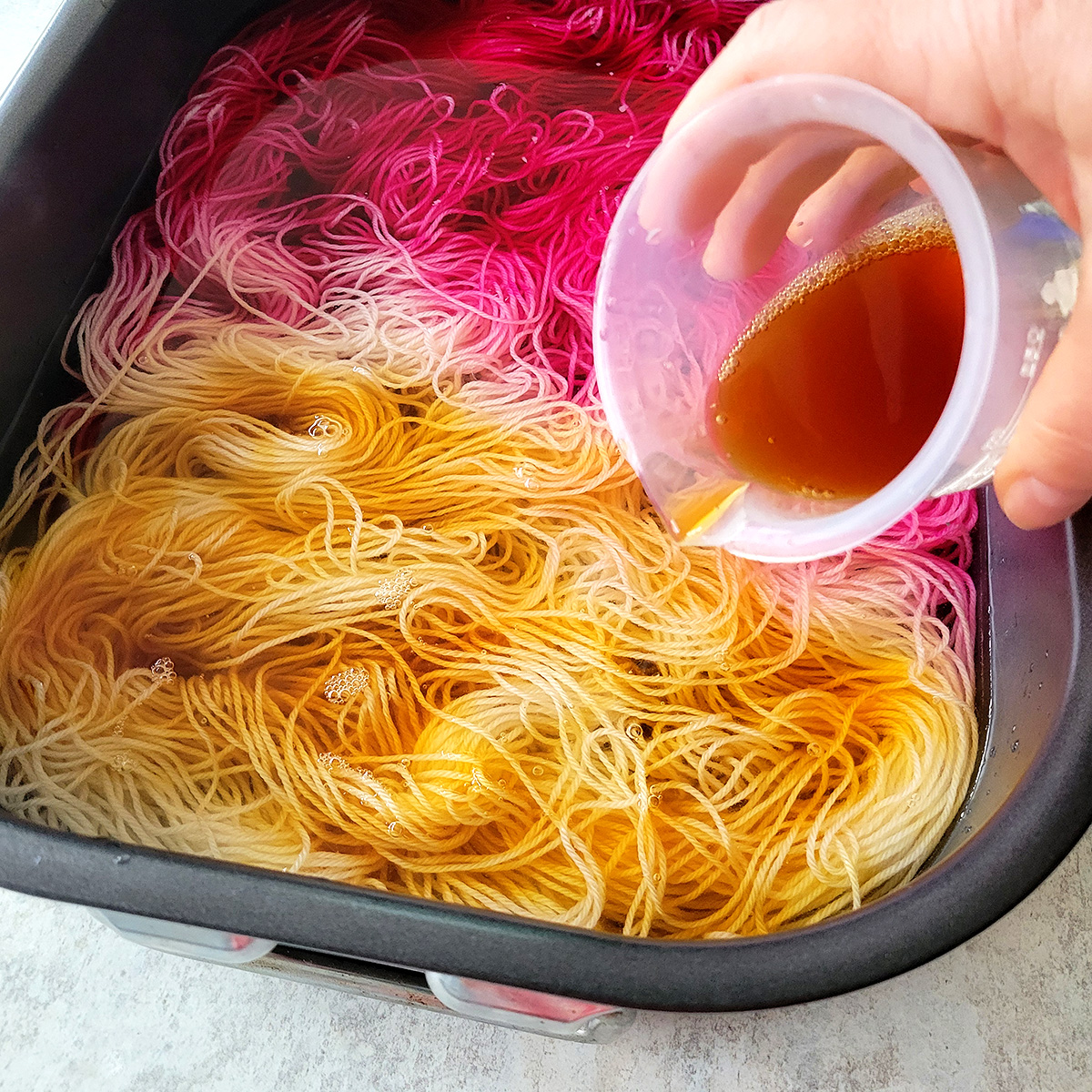
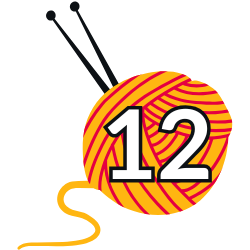
We finish the course back where we started, with immersion dyeing. This time we explore more in-depth techniques, to achieve complex colour mixing. This could lead on to larger scale yarn dyeing if you wanted to dye your own range to sell.
As long as you enjoy yarn dyeing, and had fun on the course, we will be happy!
